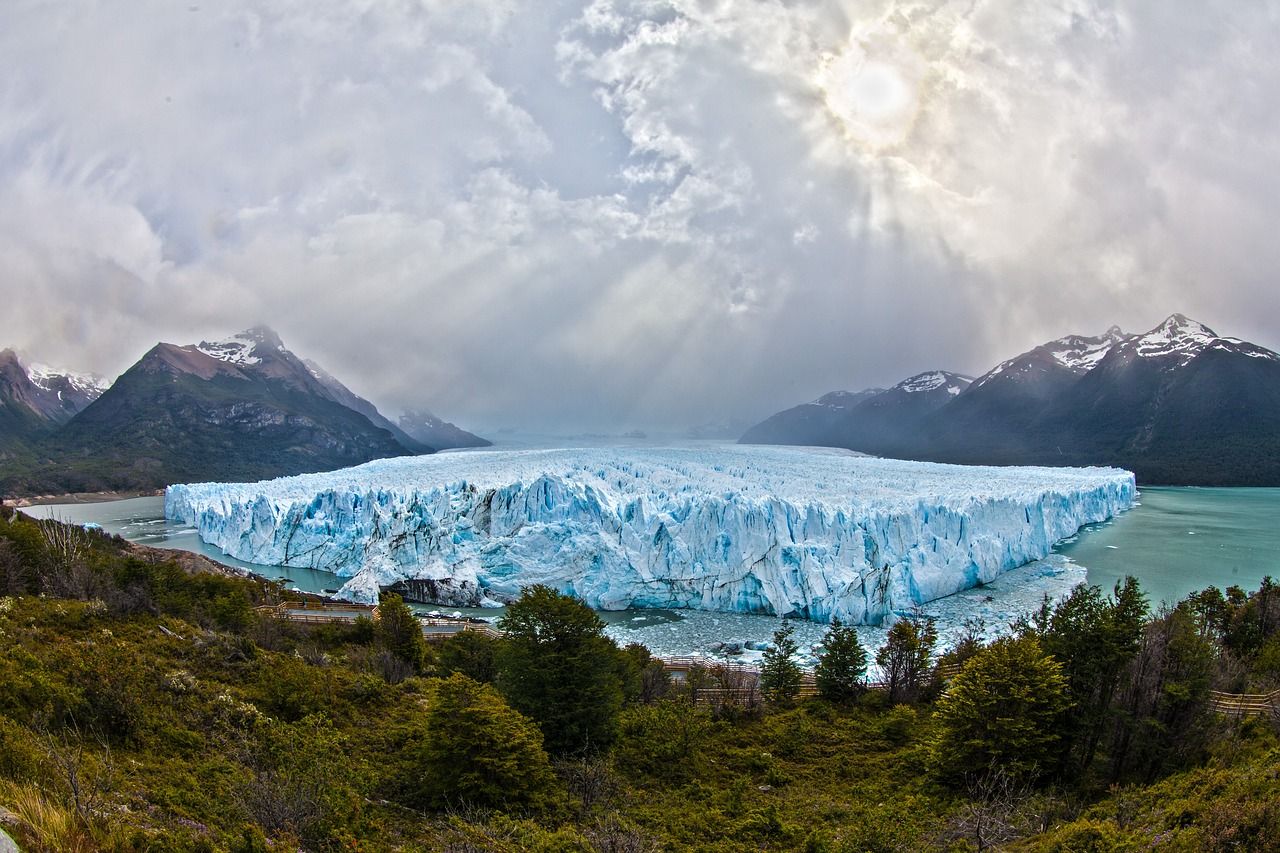These fungi appear after a glacier melts and store carbon!
Published by Cédric,
Article author: Cédric DEPOND
Source: PNAS - Proceedings of the National Academy of Sciences
Other Languages: FR, DE, ES, PT
Article author: Cédric DEPOND
Source: PNAS - Proceedings of the National Academy of Sciences
Other Languages: FR, DE, ES, PT
Follow us on Google News (click on ☆)

Illustrative image by Pixabay
In the Arctic, temperatures are rising seven times faster than the global average, leading to accelerated glacier melting. This situation was studied by a team led by Dr. James Bradley from Queen Mary University of London, who traveled to Svalbard, an archipelago between the North Pole and the northern coast of Norway. There, the researchers observed the first signs of microbial life colonizing the terrain newly exposed by the retreating glaciers.
The newly exposed soils are initially poor in nutrients and biomass, making it difficult for life to establish. However, the first colonizers of these soils are microorganisms such as bacteria and fungi. These microbes are essential for determining the amount of carbon and nitrogen that can be stored in the soils.
The scientists conducted DNA analyses and experiments involving isotope-labeled amino acids to understand how these microorganisms contribute to soil formation after glacier melt. They discovered that fungi play a predominant role in the assimilation and stabilization of carbon in these young soils. In particular, pioneering basidiomycete yeasts are capable of sequestering carbon in the soil, creating an organic foundation upon which other forms of life can develop.
Juan Carlos Trejos-Espeleta from Ludwig Maximilian University of Munich emphasized the importance of fungi in this process. Unlike bacteria, which tend to increase CO2 emissions, fungi promote carbon storage in the soil. This is essential for understanding how Arctic terrestrial ecosystems will react to future global warming.
The researchers also noted that in older soils, bacteria gradually take over in amino acid assimilation, leading to reduced biomass storage and increased CO2 emissions.
In conclusion, this study shows that fungi play an essential role in stabilizing carbon in Arctic soils forming after glacier melt. As glaciers continue to retreat, these fungi could become key players in carbon storage, thereby helping mitigate the impacts of climate change.